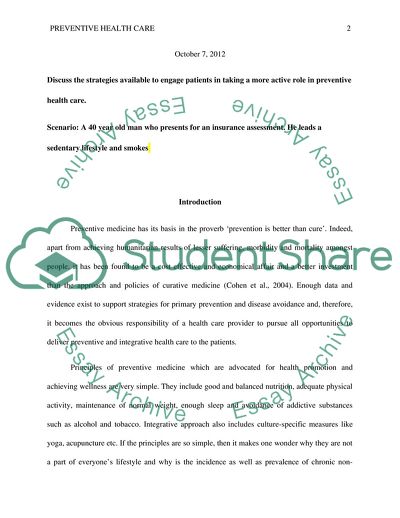Cite this document
(Preventative Medicine For Paramedic Essay Example | Topics and Well Written Essays - 2250 words - 1, n.d.)
Preventative Medicine For Paramedic Essay Example | Topics and Well Written Essays - 2250 words - 1. Retrieved from https://studentshare.org/health-sciences-medicine/1783063-preventative-medicine-for-paramedic
Preventative Medicine For Paramedic Essay Example | Topics and Well Written Essays - 2250 words - 1. Retrieved from https://studentshare.org/health-sciences-medicine/1783063-preventative-medicine-for-paramedic
(Preventative Medicine For Paramedic Essay Example | Topics and Well Written Essays - 2250 Words - 1)
Preventative Medicine For Paramedic Essay Example | Topics and Well Written Essays - 2250 Words - 1. https://studentshare.org/health-sciences-medicine/1783063-preventative-medicine-for-paramedic.
Preventative Medicine For Paramedic Essay Example | Topics and Well Written Essays - 2250 Words - 1. https://studentshare.org/health-sciences-medicine/1783063-preventative-medicine-for-paramedic.
“Preventative Medicine For Paramedic Essay Example | Topics and Well Written Essays - 2250 Words - 1”. https://studentshare.org/health-sciences-medicine/1783063-preventative-medicine-for-paramedic.


